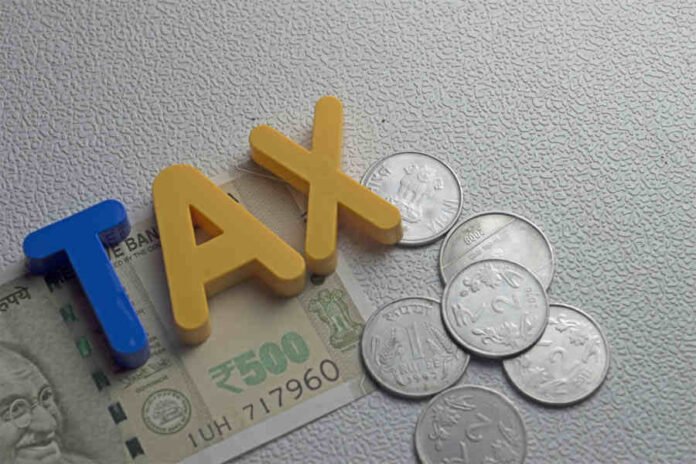In the latest budget announcement for 2023-24, Finance Minister Nirmala Sitharaman expanded the horizon of income tax for individual taxpayers. The income tax bracket was raised from Rs 5 lakh to Rs 7 lakh under the new tax regime, accompanied by a reduction in the super-rich tax to 37 percent. Concurrently, the cash withdrawal facility for retired individuals saw a significant boost, increasing from Rs 3 lakh to Rs 25 lakh.
Defaulting to the new tax regime occurred last year, beginning April 1, 2020. This regime introduced new tax slabs while eliminating all deductions and exemptions in income tax. The journey of income tax in India has witnessed substantial transformations since its inception in 1947.
In the inaugural budget of independent India in 1947, Finance Minister RK Shanmukham Chetty presented a review report on the Indian economy, where income up to Rs 1500 was tax-free. Fast forward to the 2023 budget under the Modi government, and this threshold has been elevated to Rs 7 lakh under the new tax regime.
Significant changes occurred in 1955 when separate tax-free income limits were established for married and unmarried individuals to encourage population growth. Married individuals were exempted from taxes up to an income of Rs 2000, while bachelors had a limit of Rs 1000.
In a unique move in 1958, India became the first country globally to grant income tax exemptions based on the number of children. Tax-free income thresholds were set at Rs 3000 for childless couples, Rs 3300 for those with one child, and Rs 3600 for those with two children.
During the peak of income tax rates in 1973-74, the maximum collection rate reached 85 percent, including surcharges, resulting in a staggering 97.75 percent. Individuals earned only Rs 2.25 out of every Rs 100, with the government retaining the remaining Rs 97.75 after an income of Rs 2 lakh. This marked a historic high in income tax rates in India.



